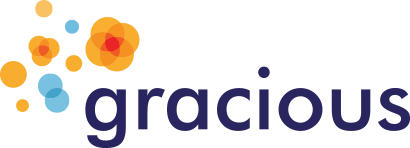GRACIOUS Partners Show Great Achievements During Their 2nd Consortium Meeting
During the 2nd GRACIOUS consortium meeting, held in Ispra, Italy on 19-20 October 2019, GRACIOUS project partners presented an overview of the results obtained during the last 12 months.
Within the reporting period, a more advanced version of the GRACIOUS Framework was developed based on comprehensive stakeholder engagement activities (on-line consultations, interviews and a stakeholder workshop). Along with this significant work on the framework, a template for hypothesis generation has been developed to facilitate grouping and read-across. For several hypotheses integrated approaches to testing and assessment (IATAs) have been developed to justify their applicability.
During the meeting hypotheses, IATAs and testing strategies which consider the fate ('where they go') and hazard ('what they do') of NFs following exposure via different exposure routes (e.g. inhalation, ingestion or dermal application), or different releases into different environmental compartments were discussed and opportunities for refinement identified. In addition, experimental work required to address knowledge gaps in the IATAs was planned.
To address lifecycle thinking, project partners have identified descriptors, criteria and guiding principles for grouping and read-across focusing on release and exposure to NFs along the lifecycle.
To honour the great work of the young researchers in the GRACIOUS project a Best Young Scientist Poster Competition was organised. The winner was Johannes G. Keller, BASF. His poster titled "Dynamic abiotic flow-through dissolution and transformation testing of nanoforms, corroborated by ramped flow-rates” was awarded as an outstanding work in the form of a high-quality academic poster developed by an Early Career Researcher.
Read full press release here: https://www.h2020gracious.eu/files/documents/PR_Consortium%20meeting_Nov2019.pdf
